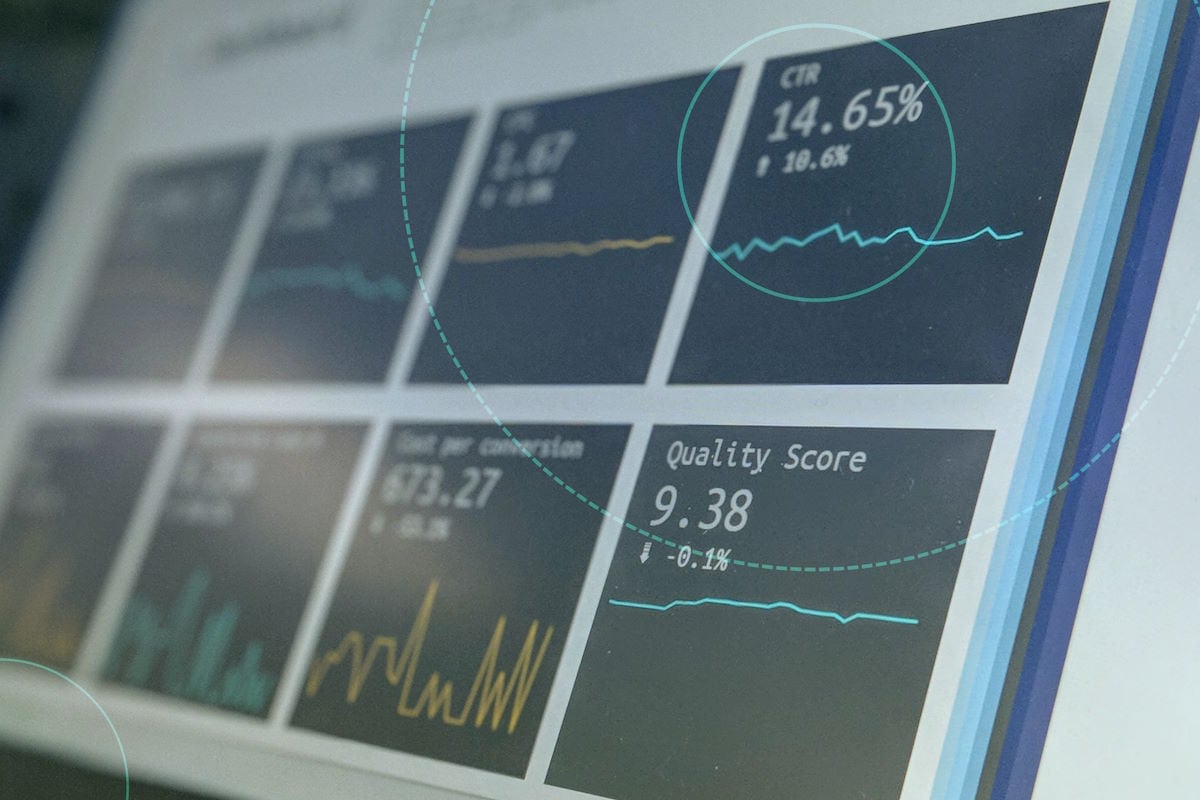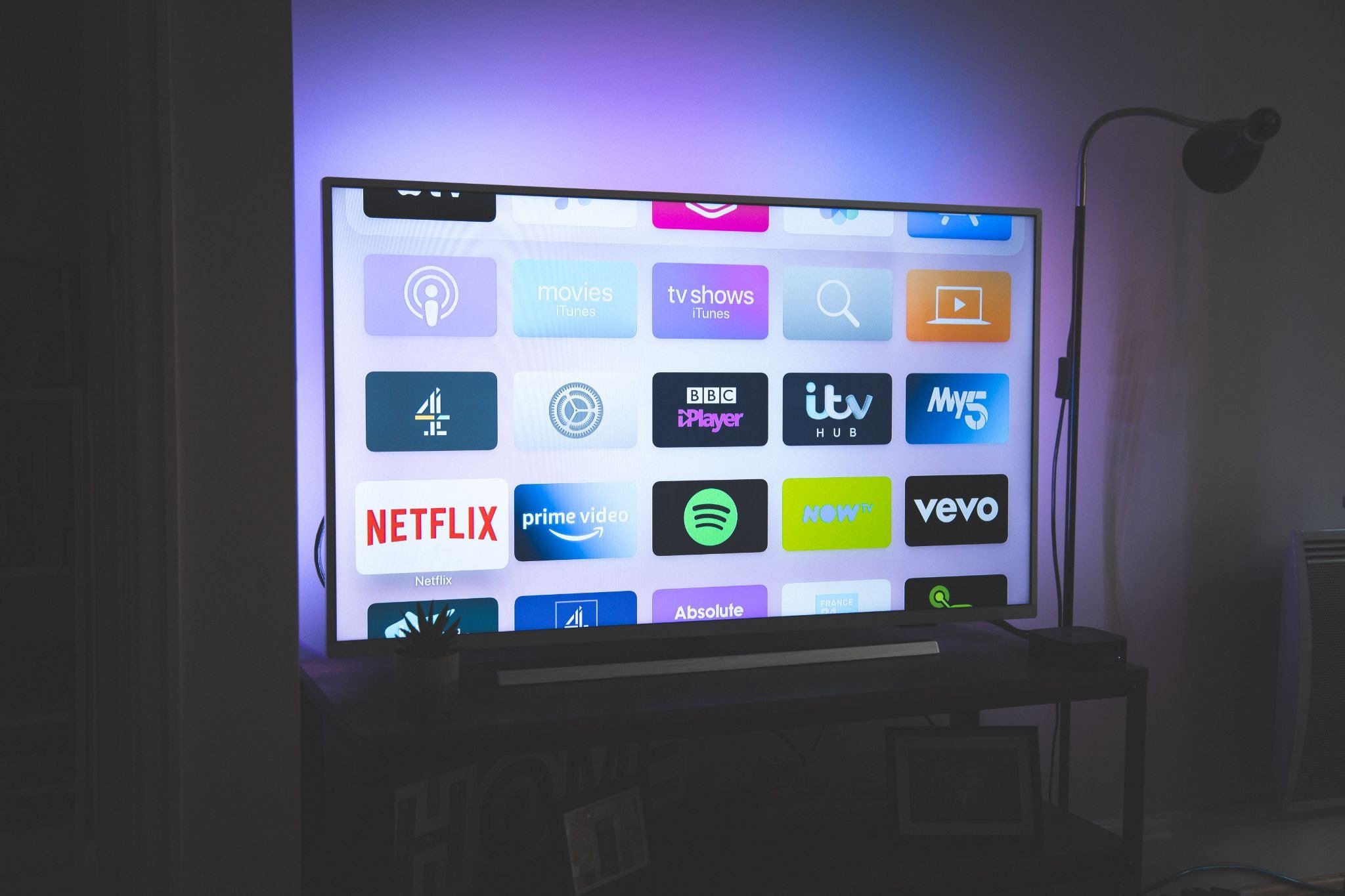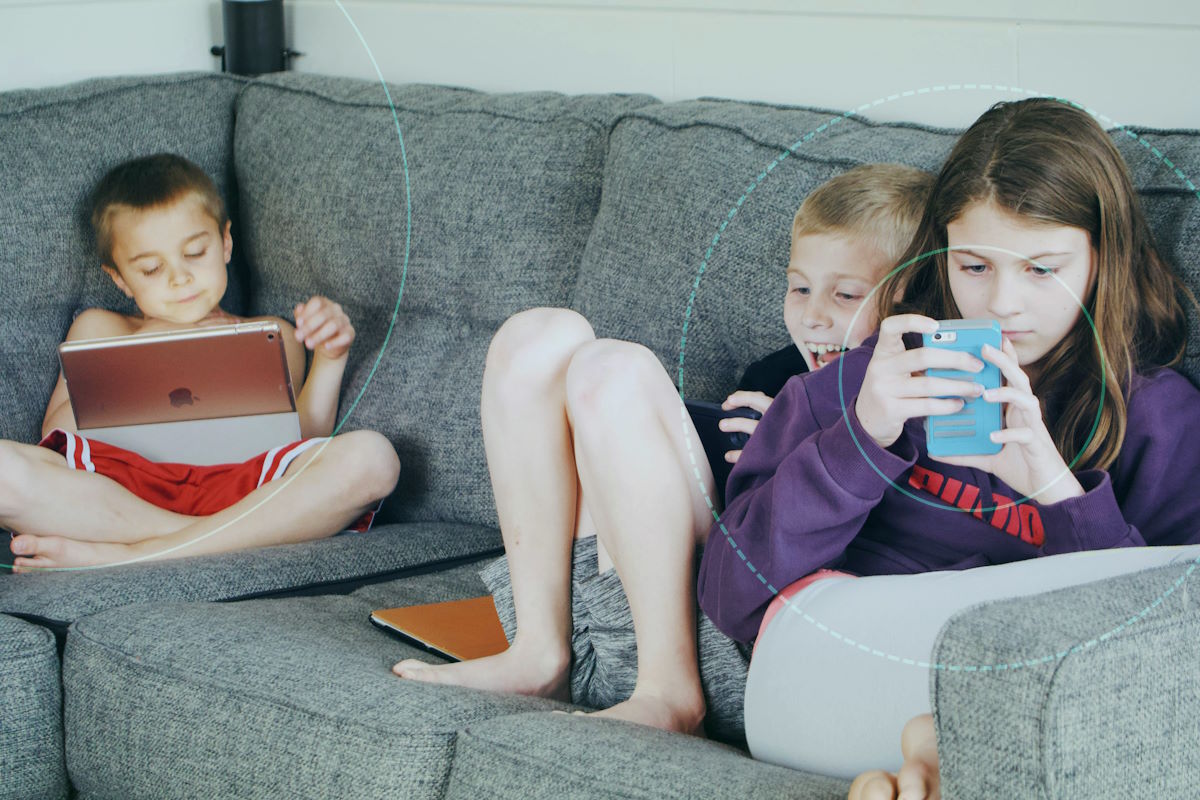Learn its strengths and limitations to get the most out of your marketing data
Your marketing campaign is running, and ads are converting viewers into paid customers. That’s great, but you also need to know where these conversions are coming from so you know how to start tweaking your campaign to improve performance.
One way to measure conversions is through last click attribution. It’s a fast and effective way to see which step in the customer journey leads to sales — but does it tell the whole story? Here, we’ll explore when it’s best to use last click attribution, its limitations, and best practices to help you maximize ROAS.
Ready to explore more angles of attribution? Check out The Modern Marketer's Guide to Attribution.
What Is Last Click Attribution?
Last-click attribution is a marketing attribution method that zeroes in on the final touchpoint a customer interacts with before a conversion. Unlike other attribution methods, last click attribution assumes that this final interaction was the most critical part of the customer journey and assigns it full weight compared to any other interactions.
Many of your customers will likely be exposed to an advertising campaign or brand several times through multiple channels before they finally make a purchase. For example, over several days, a potential buyer may have seen a video ad streamed on a connected television (CTV) network, spotted your ad while browsing the New York Times, visited your company’s website, and then made a purchase after watching a micro-influencer talk about the product on TikTok and clicking the link on the post. With last click attribution, the TikTok influencer campaign would receive the credit for directly leading to the conversion.
This method differs from first click attribution, which assigns credit to the first touchpoint (the CTV ad in the previous example), or multi-touch attribution, which considers the entire customer journey to assign credit.
Whichever attribution method you use, it’s only as good as the data it has access to. A good marketing mix ensures that you have a solid foundation of customer interaction, and adding CTV to the mix is a fantastic way to boost your ad reach exponentially. Download our free report today and discover why CTV advertising is a revolution in performance marketing.
When Is Last Click Attribution Helpful?
Last click attribution is best used to determine which element of your marketing mix will most likely influence the customer’s journey toward a conversion.
Let’s go back to the previous example. You’re investigating last click attribution of all your marketing channels, and you discover that most of your conversions happen right after viewing your TikTok influencer campaign. This tells you that your efforts on TikTok are successful, and it might be worth investigating that channel further for future campaigns or possibly tweaking this campaign to increase its effectiveness. Likewise, you may also discover that a small percentage of conversions happen after viewing the web ad. In this case, you may want to investigate whether you need to invest more money into display ads more often, tweak the ad copy to be more effective, or allocate your marketing spend to other channels.
Another benefit of last click attribution is that it’s easier to calculate, compared to multi-touch attribution.
The Limitations of Last Click Attribution
While last click attribution offers helpful insight into the effectiveness of your marketing campaign, several drawbacks make it difficult to rely on as your only attribution method.
For one, last click attribution ignores the earlier phases of the marketing funnel. To use the earlier example, while your CTV ads may not lead directly to conversions, they’re driving awareness and nurturing leads. These ads are planting the seeds of conversion, and by the time the customer watches the TikTok influencer, they’ve finally seen a complete picture of how your product fits into their lives.
Last click attribution’s reliance on a single touchpoint paints a much more simplistic picture of the entire customer journey, giving you a less accurate picture of the actions customers take on the path toward a conversion.
The data may also not be entirely accurate. For example, someone who saw an ad while watching a streaming television show may decide to visit the website and make a purchase after the show is over. The website wasn’t responsible for the purchase in this case — the CTV ad was. Last click attribution will likely misattribute this conversion, leading to less effective marketing decisions in the future.
As a result, marketers relying solely on last-click attribution are more likely to put marketing dollars behind the channels they believe are most responsible for closing sales while neglecting channels that get prospects ready to convert in the first place. Unless you are aware of these limitations, you may find that your marketing efforts are narrowly focused on single channels, leading to wasted ad spend and reduced KPIs over the long run.
Last Click Attribution Best Practices
Given these limitations, how can you get the most out of last click attribution? The following tips are a good starting point.
- Remember that all of your marketing channels offer something to your customers. Even if one channel doesn’t directly lead to a sale, it’s still working to improve brand awareness and is contributing to the halo effect that will improve performance across your marketing mix.
- Know when to use it. If your business doesn’t have enough conversion data to analyze, last touch attribution may give you insight where more in-depth methods cannot. Likewise, if your business relies on immediate needs (like a transportation service or restaurant), last touch calculations can provide crucial insight into where those impulse purchases are coming from. While it’s important to understand that you won’t get the whole picture, you can still gain actionable information from this attribution method.
- Use it as a snapshot of high-performing channels. Because calculating last click attribution is so fast and easy, marketers can leverage this attribution method to get a quick snapshot of their ads' performance. While it’s best not to impulsively make sweeping, campaign-wide decisions based on this information, you can still use it to decide where and how to optimize performance.
- Combine it with multi-touch attribution for a more comprehensive analysis. Combining these two attribution methods will allow you to make campaign decisions that take all aspects of the customer journey into account. For example, even if most of your conversions happen on social media, you may learn that visitors to the company blog are more likely to eventually convert through social media than those who don’t. With this information in hand, you can shift resources to make your blog a bigger part of your overall marketing efforts.
Boost Conversion Rates With tvScientific
As helpful as last click attribution can be, it only tells part of the story. To maximize your marketing efforts, you not only need to target the right audience segments; you also need a partner who can help you make sense of the data to maximize conversions.
tvScientific is there for you, helping you leverage the combined might of CTV advertising’s reach and performance marketing capabilities. Laser-target a highly engaged audience with compelling ad copy and track their journey from view to conversion with our powerful data-driven advertising platform. Perform incrementality tests to squeeze every last drop out of your campaign. Optimize costs with automated ad placement bidding and see accurate results, no matter your budget. Discover all this and more by signing up for a free demo of tvScientific today.







